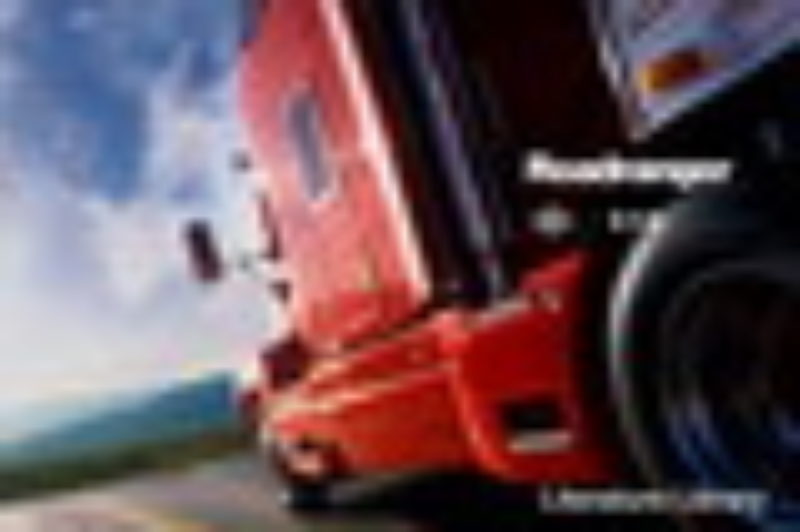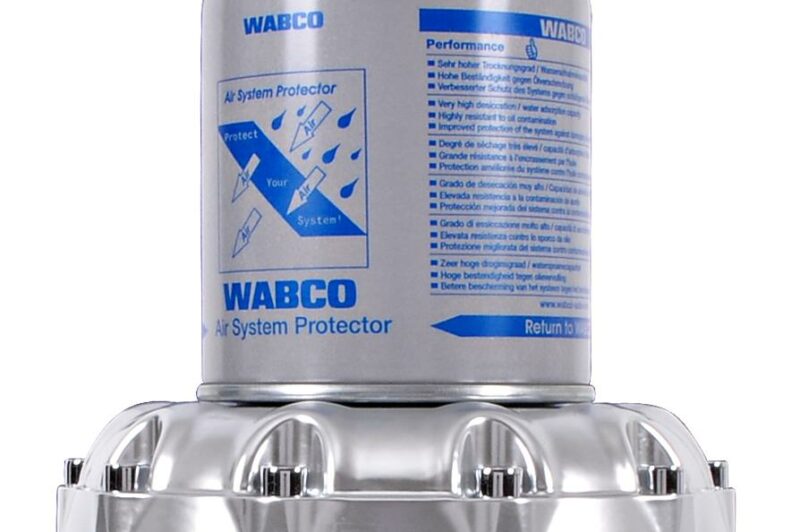
brakes

Haldex partners with Fras-le on disc brakes
LAS VEGAS, NV – Haldex is bringing its Air Disc Brakes to North America with a “big bang,” says Walter Frankiewicz, president and senior vice president, Haldex North America. The company announced during Heavy Duty Aftermarket Week that it is offering a full line of all-makes Air Disc Brake pad repair kits through a partnership with Fras-le.
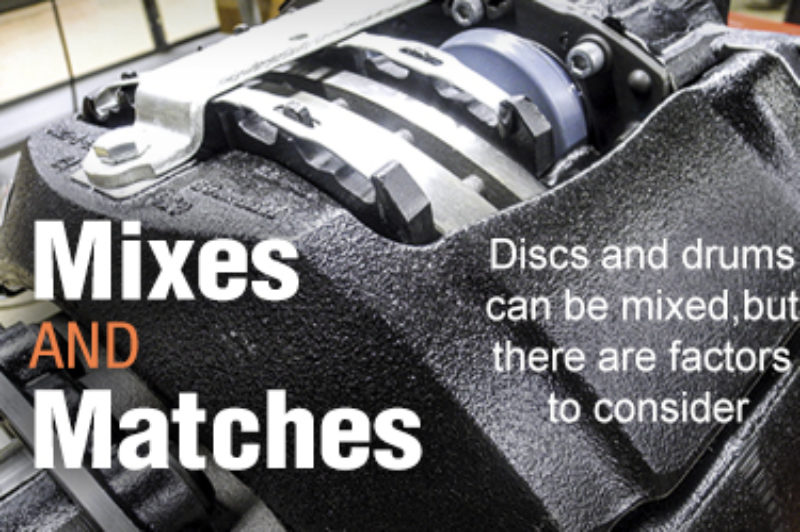
What happens when drums and discs mix?
Now that air disc brakes have taken their place in North American truck makers' order books, fleets are still asking questions about mixing discs and drums. Are there serious downsides to running discs only on the steer axle? Should I worry about mixing disc-equipped trailers with drum-equipped tractors or vice versa?
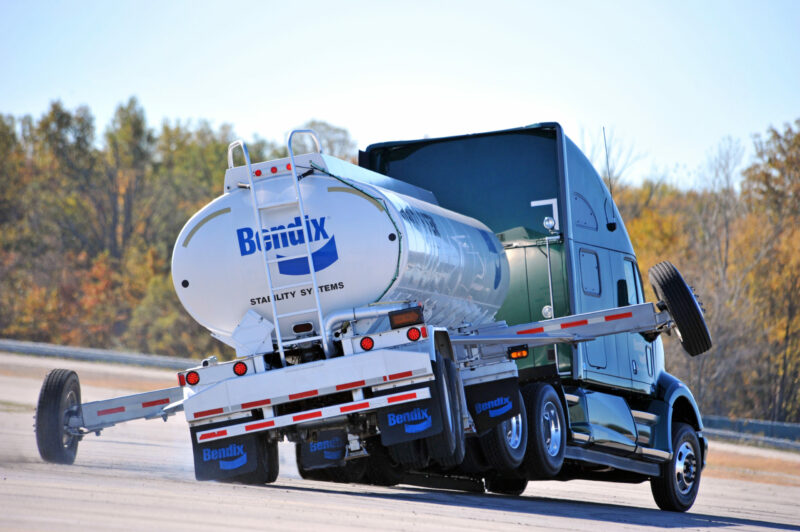
Bendix upgrading brakes and electronics
ATLANTA, GA - "Push them in, the wheels spin." It's one of the first things that many driver trainees memorize when learning how to use the yellow tractor protection control valve and red trailer supply valve. Now Bendix is preparing to release a new generation of the controls among a series of new product releases coming in 2018.
Hurricane clean-up will include brake systems
ELYRIA, OH - The rain has stopped in many areas and the sun is out, but the clean-up is just beginning. For those drivers and fleets with trucks that took on water during recent Category 4 and 5 hurricanes Harvey and Irma, it's important that clean-up includes taking steps to ensure brake components are checked and cleaned or replaced.
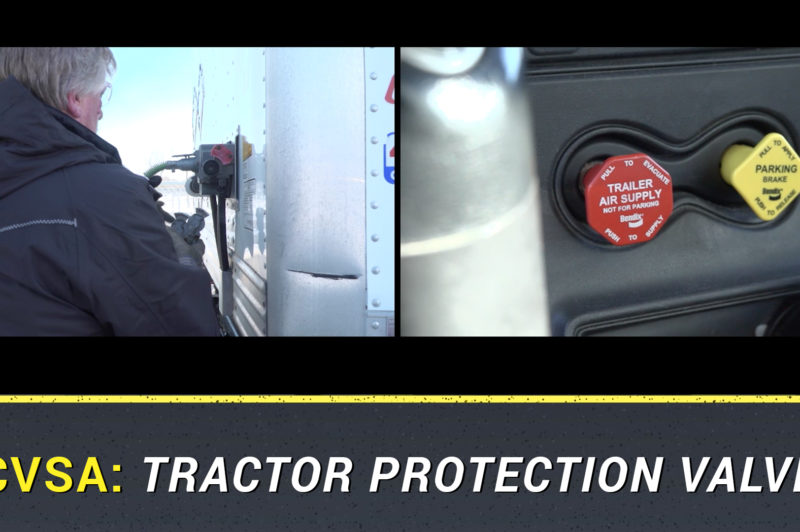
Ep 17: Tractor Protection Valve
Do you know why a tractor-trailer is equipped with a tractor protection valve? And do you know how enforcement teams will inspect it? Editor John G. Smith and Samantha Sarasin, Ontario Ministry of Transportation enforcement officer and provincial Commercial Vehicle Safety Alliance (CVSA) instructor, explore the related steps.
Cocooning: In conversation with WABCO’s Jon Morrison
LOUISVILLE, KY -- We're approaching an era when trucks act more like trusted co-drivers than equipment alone. Optional Collision Warning Systems and Lane Departure Systems use things like radar and cameras to watch the road and sound the alarm if a driver fails to notice a hazard or drifts into danger. Collision Mitigation Systems - or adaptive cruise controls -- go a step further and actually begin to slow a vehicle before a driver reacts. And the technologies all come together in prototypes for "semi-autonomous" and "platooning" vehicles that promise at times to drive themselves. "The vision is about providing that 360-degree cocoon around the truck, to enable the truck and the driver to operate as safely as they can," says WABCO Americas president Jon Morrison.
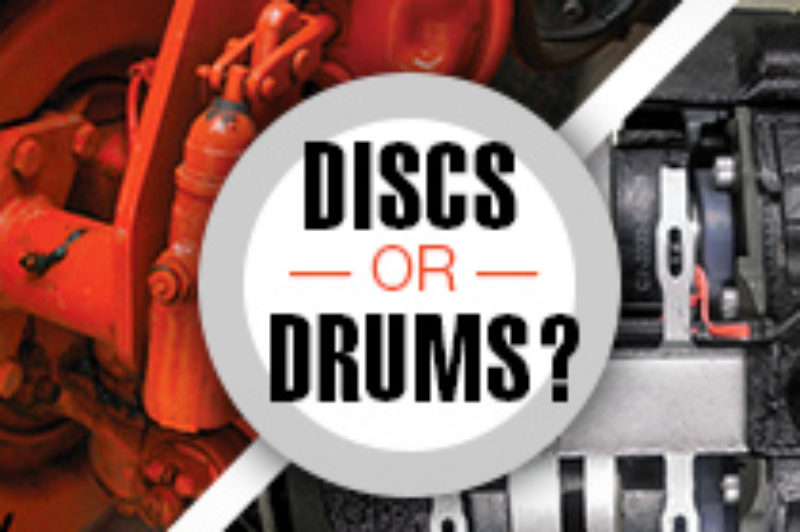
Discs or Drums? Brake System Specs Can Go Either Way
There are few ways of comparing air disc brakes to drum brakes that discs don't come out on top. Still, fleet adoption rates in North America hover around 10 percent. That begs the question, are discs too good for their own good? Drum brakes get the job done, so is there any pressing need to look beyond our traditional and proven way of stopping trucks? The short answer to that question would be no-in most cases. The thing with brakes is you never really know how valuable they are until you really, really need them. And brakes never fail in any way that's less than spectacular. So, if no great need has ever arisen, you can't be blamed for dismissing the arguably more costly and heavier air disc brake systems as an expensive luxury.

Bendix goes to the front of the school bus
ELYRIA, Ohio - School bus maker Blue Bird Corporation has named Bendix Commercial Vehicle Systems its supplier of the year for 2014. The award, handed out at Blue Bird's annual Supplier Conference in Macon, GA, cites Bendix for superior performance and commitment to innovation.
